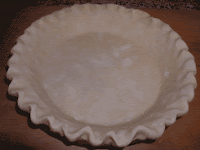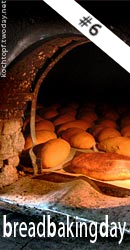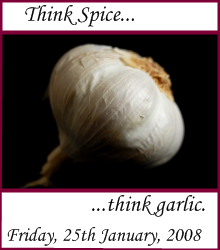When I saw the posting for this month's Homegrown Gourmet event, I decided to contribute a tasty morsel from my area. Homegrown Gourmet was created by Bean's Bistro to represent one's home region, town, state, or area by featuring a local ingredient or a traditional dish or a creative twist on something from the region. This month's hostess is Gretchen Noelle at Canela y Comino, and her choice is quick breads. So, here is a delicate and delicious recipe for scones, using the local lemons and limes.

Lemon-Lime Scones
2 cups unbleached all purpose flour
2 tablespoons sugar
1 tablespoon baking powder
grated zest of one lemon and one lime
1/4 teaspoon salt
4 tablespoons cold unsalted butter, cut into pieces
2 large eggs
1/2 cup heavy cream
Extra cream or milk, for brushing
Decorating sugar or cinnamon sugar, for sprinkling
Preheat oven to 400 degrees (F) or 205 degrees (C). Line a baking sheet with parchment paper or a silicone sheet. In a medium bowl, combine the flour, sugar, baking powder, citrus zest, and salt. Cut in the butter until the mixture resembles coarse crumbs (pea-size). In a measuring cup, whisk together the eggs and the cream. Add to the dry mixture and stir lightly with a fork until the dough is formed.
Turn out onto a lightly floured surface and gently knead until the dough comes together. Divide the dough into 2 equal pieces and pat each one into a round about 1-inch thick. Cut each round into quarters.
Place the quarters 1-inch apart on the baking sheet; brush the tops with milk or cream, then sprinkle with the sugar of your choice. Bake in the oven until golden brown and crusty, about 15 to 20 minutes. Serve immediately.

The scones can be frozen.
The recipe can be halved.































